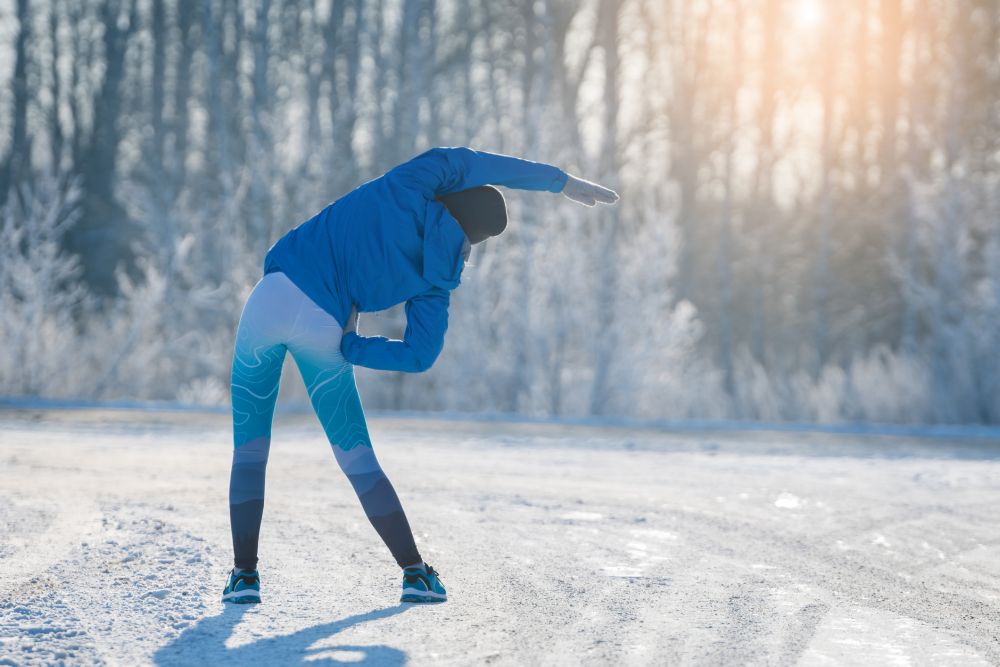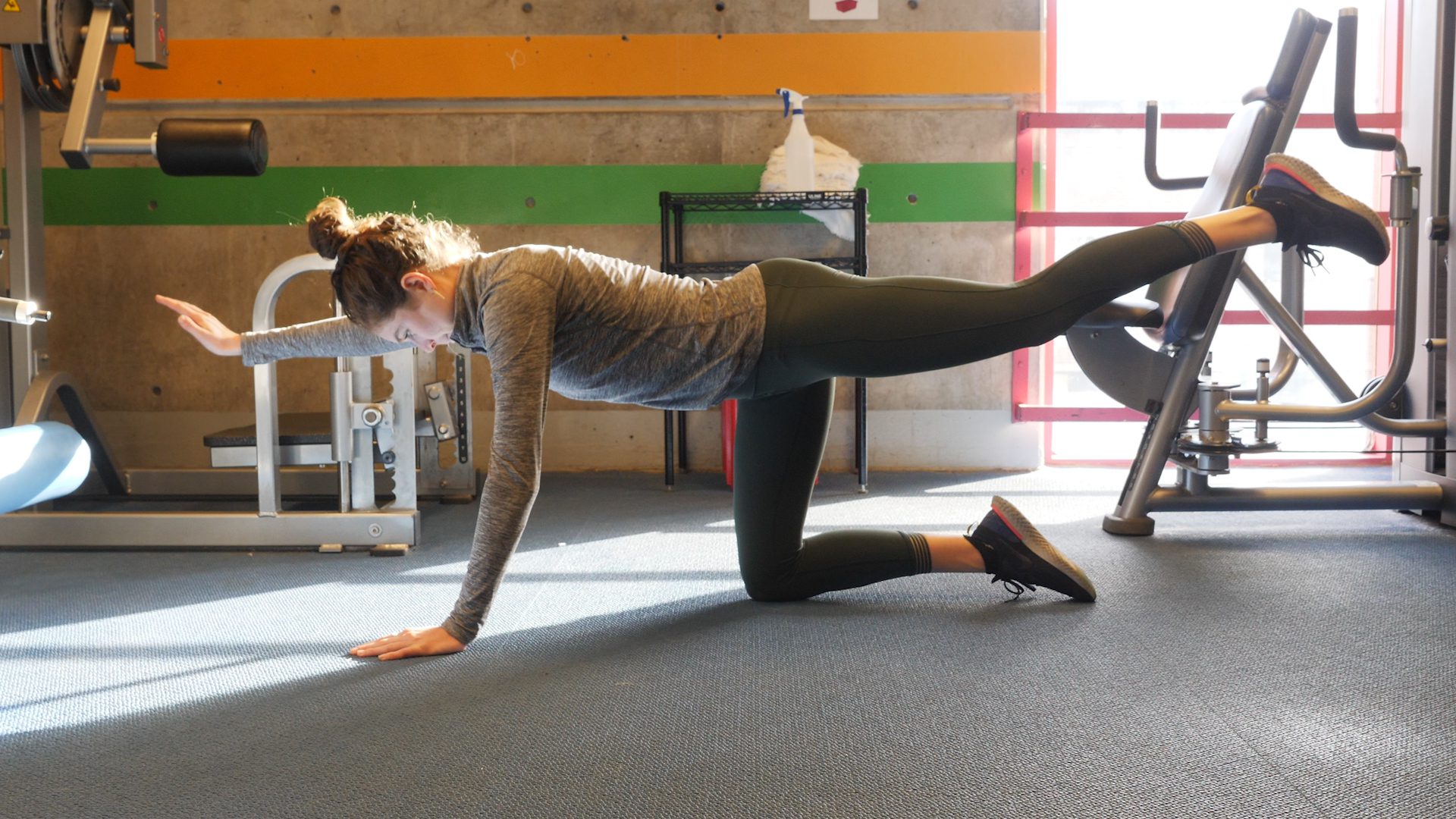The 5-minute pre-run warmup you need this winter
Runner and registered kinesiologist Jordan Collison explains why you should warm up before your run, and how to do it properly

Many of us will take the time to do a proper warmup before a hard speed session or a race, but when it comes to easy runs, we tend to just throw on our shoes and head out the door. When you’re trying to squeeze your run in between other life obligations, it can be tempting to neglect a proper warmup, but doing so can decrease the quality of your run and increase your risk for injury. We spoke with Jordan Collison, a runner, registered kinesiologist and strength trainer at The Runner’s Academy in Toronto, who explained why you should warm up properly before every run (especially in the winter) and gave us a five-minute routine anyone can follow before heading out the door.
https://www.instagram.com/p/BcLjrdFlWN7/?utm_source=ig_web_copy_link
RELATED: Tristan Woodfine’s pre-run activation routine
Collison says runners should include a pre-run warmup so they can spend more time focused on running well, instead of needing those first few kilometres to get going. A good warmup will allow you to start your run effortlessly and increase the quality of your run, leading to better performances and reduced risk of injury. This is particularly important in the winter because in the colder temperatures it takes longer for blood to move toward the working muscles.
“The whole goal of a warmup is to prepare yourself physically and mentally to meet the demands of your run,” explains Collison. “This might mean a less intensive warmup is required before easy runs and a more intensive warmup before workouts as the demands are going to be different.”
The warmup is also a great way to target areas of weakness, or to bring awareness to specific muscles and joints. For example, Collison says that if the goal is to get better hip extension or “feel” the glutes working while you run, performing a single set of hip thrusts before you start might help to address that particular weakness, that can then be transferred directly into a run. If you consistently address a weakness over time, he says, you will almost certainly see an increase in strength and efficiency of that movement.
According to Collison, the ideal warmup always follows the structure of general to specific and less intense to more intense. In practice, that means starting out with some light dynamic mobility and moving toward something like hopping or skipping before heading out the door. He adds that in the winter, you should be sure not to get too sweaty before starting your run because it can cause you to chill faster and leave you feeling colder.

Use Collison’s five-minute routine before your next run:
Cat-camel x 10: Begin on your hands and knees, with your hands directly below your shoulders and your knees directly below your hips. Sink your back down toward the floor, while at the same time lifting your head and sticking your tailbone out to form a curve in your spine (this is the cat). Then, tuck your tailbone and your head in, arching your spine to resemble a camel hump. Take a big breath in when doing the camel and let a big breath out when you’re doing the cat.
Bird Dog (alternating) x 8-12: Begin in the same starting position as the cat-camel. Then, point one arm straight out in front of you while simultaneously extending the opposite leg behind you. Pause, then return to neutral and switch sides. Keep your abs engaged throughout the entire movement in order to keep your back straight and avoid wobbling.
Hip thrusts x 8-12: Lie on your back with your feet planted firmly on the ground, hip-width apart. Tighten your abs and squeeze your glutes to thrust your hips into the air until you form a straight line from your head to your knees. Pause at the top, then return to the starting position. You can do this with your arms across your chest, or on the ground by your sides if you need more balance.
Walking lunges x 8-12: Stand up with your back straight and your feet shoulder-width apart. Step forward with your right leg, putting the weight in your heel, bending your knee and lowering down until it’s parallel to the floor. Push through your heel to return to standing and step forward with your left leg, repeating the same process.
March skips x 10m: Stand with your back straight and your feet shoulder-width apart. Drive your knee up toward your chest until it is perpendicular to your waist, keeping your toe pointed upward (dorsiflexed). When you bring your foot back to the ground, be sure to land on the middle-to-front of your foot instead of your heel, keeping your steps small and forceful.


